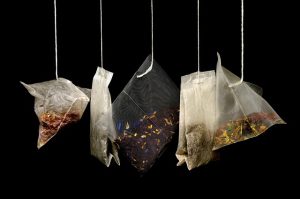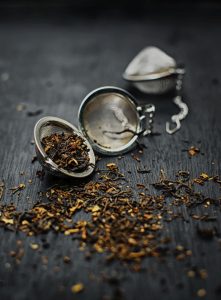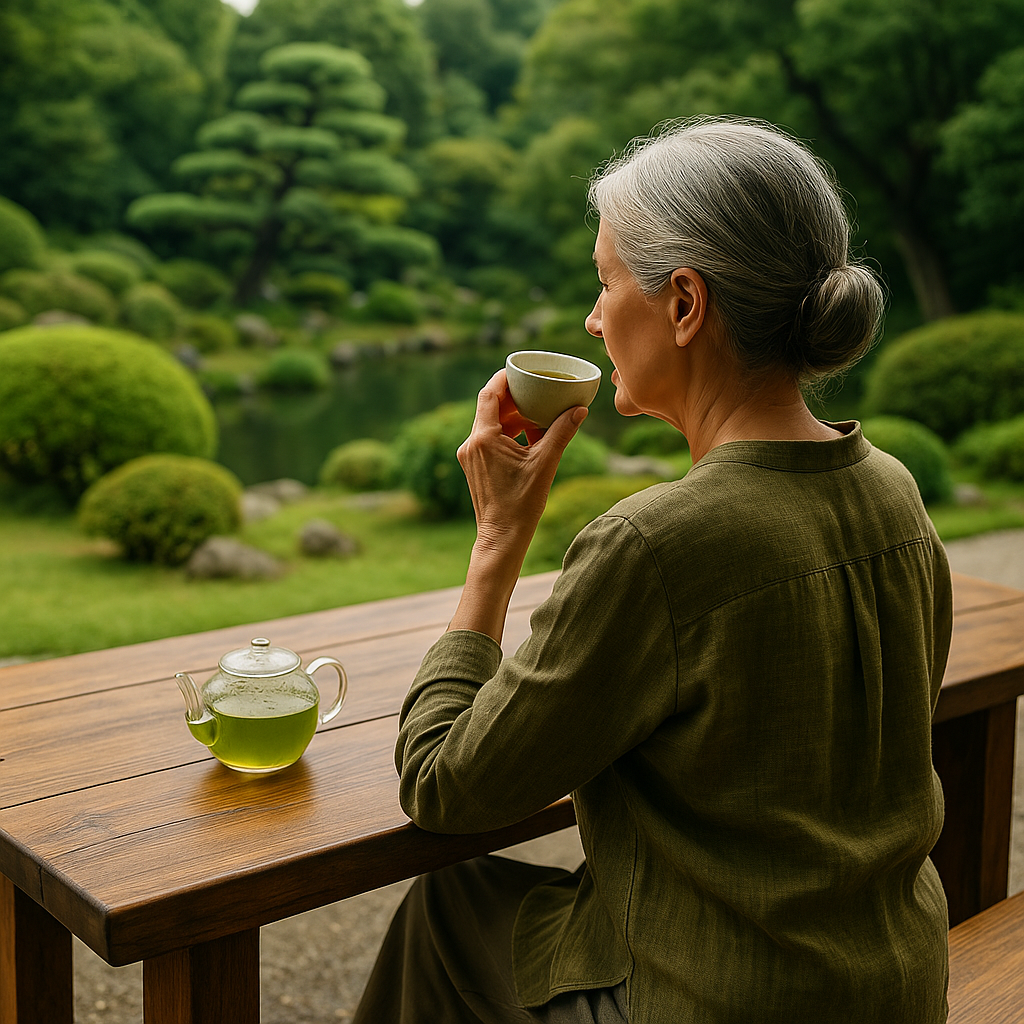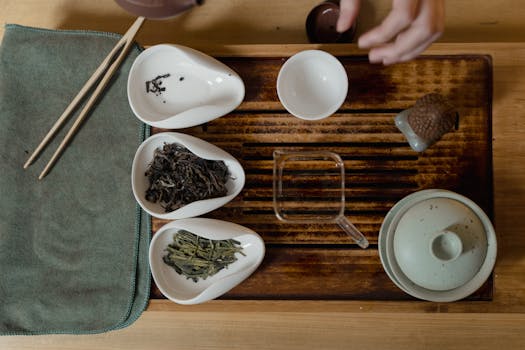Let’s face it: tea bags are effortless—just drop one in hot water, steep, and you’re good to go. But behind that convenience lies a growing body of research exposing serious health, environmental, and quality concerns. Even “plastic-free” labels can be misleading when you consider the materials and glue used.
Here’s the up-to-date breakdown and what you can do instead.
1. Tea Bags Health Risks – Micro- & Nanoplastics in Your Cup
Studies highlight alarming hidden risks in tea bags:
- A 2019 McGill University study found nylon tea bags released 11.6 billion microplastics and 3.1 billion nanoplastics per cup at 95°C. implasticfree.comNewsweekMedical Xpress+15ACS Publications+15implasticfree.com+15
- A 2024–25 UAB (Universitat Autònoma de Barcelona) study tested polypropylene, cellulose, and nylon‑6 bags, revealing releases of:
- 1.2 billion particles/mL (PP, ~136.7 nm)
- 135 million particles/mL (cellulose, ~244 nm)
- 8.18 million particles/mL (nylon‑6, ~138.4 nm)
- These particles were absorbed by intestinal cells and even entered the nucleus. UAB Barcelona+10Medical Xpress+10PubMed+10
- More than 10^9 micro/nanoplastics were reported per bag in polymer-based blended materials. arXiv+15ScienceDirect+15Food Packaging Forum+15
These studies confirm significant plastic particle ingestion—raising concerns about inflammation, hormone disruption, organ accumulation, and genotoxicity. WikipediaThe Washington Post
2. Environmental Impact & Misleading “Plastic-Free” Claims
- Traditional tea bags often use polypropylene glue, which prevents composting and recycling.
- “Plastic-free” or bioplastic bags (like PLA-coated or stamped with strings) may still:
- Include non-biodegradable materials
- Require industrial composting
- Use adhesives or string made of polyester, cotton blends, or EVA glue—all potentially plastic-based The Sun+5Wikipedia+5Food & Wine+5

3. Tea Bags Health Risks & Quality Trade-Offs
Most tea bags contain low-grade fannings or dust, leading to:
- Flat taste and limited steeping
- Smaller leaf particles that lose freshness faster
- Crowded infusers preventing full leaf expansion
4. Better Brewing Alternatives
Avoid risks while preserving convenience:
Shop Solutions:
- Tea Egg Ball (5 cm) – stainless, reusable, plastic-free
- Tea Egg Pliers (5 cm) – clip-style, easy for any cup
Easy At-Home Options:
- Use a teapot with built-in strainer
- Steep loose-leaf in a cup and strain before drinking
- Try biodegradable filter bags if you prefer sachets (check materials carefully)

5. Final Thoughts: Tea Bags Health Risks vs. Smart Brewing
Convenience shouldn’t come at the cost of your health or tea quality. Choosing loose leaf tea with eco-friendly infusers gives you better flavor, zero microplastics, and a cleaner conscience.
Explore our tea accessories to make the switch today.
External Links Referenced
- UAB study on nanoplastics in tea bags (Chemosphere) Food & Wine+2beyondplastics.org+2SpringerLinkPeople.com+11Medical Xpress+11Food & Wine+11
- McGill University plastic tea bag study implasticfree.com+1
- Health implications of nanoplastics (e.g. endocrine, inflammation) WikipediaThe Washington Post
- Misleading plastic-free claims (PLA, glue, string) beyondplastics.orgWikipedia


